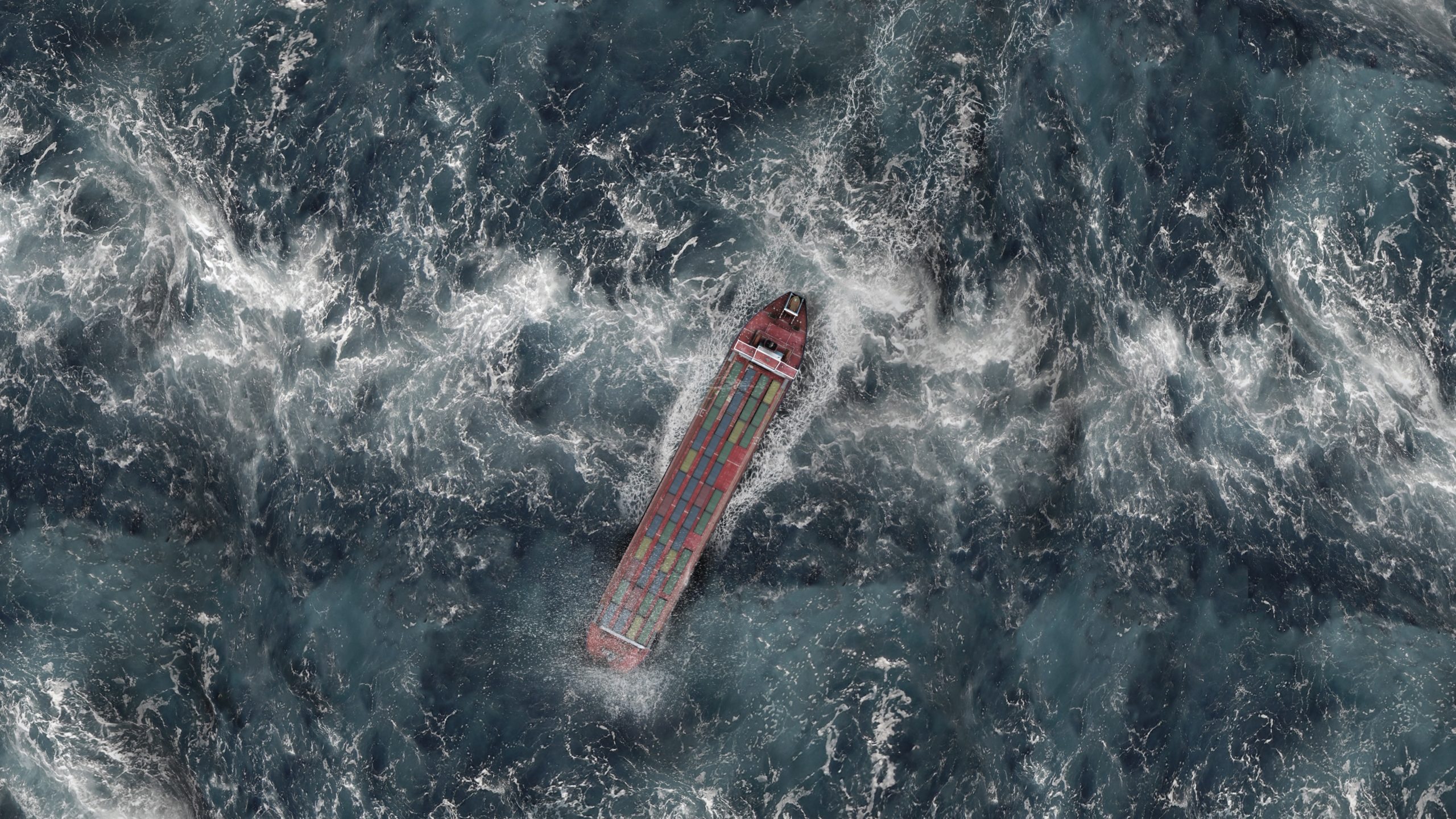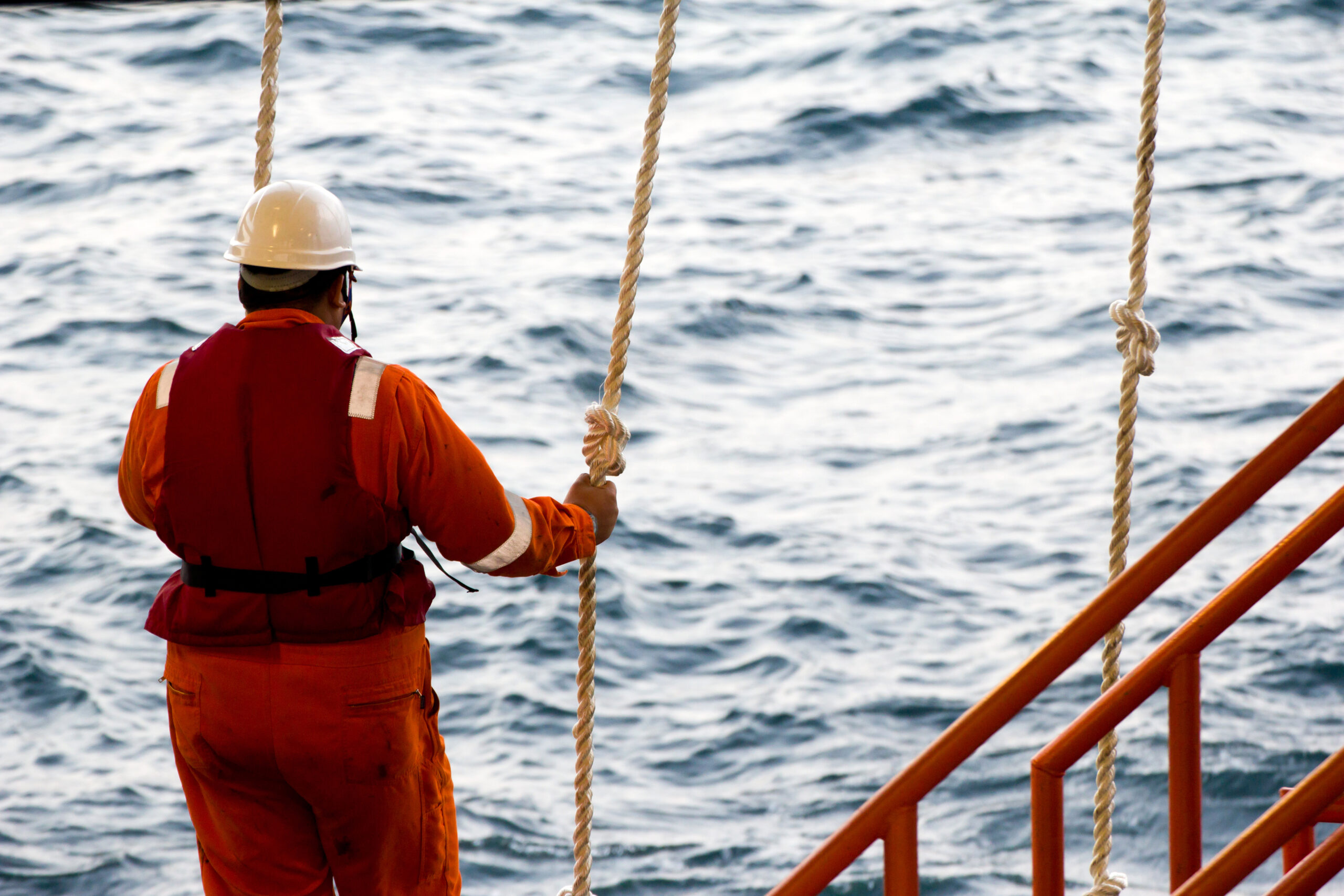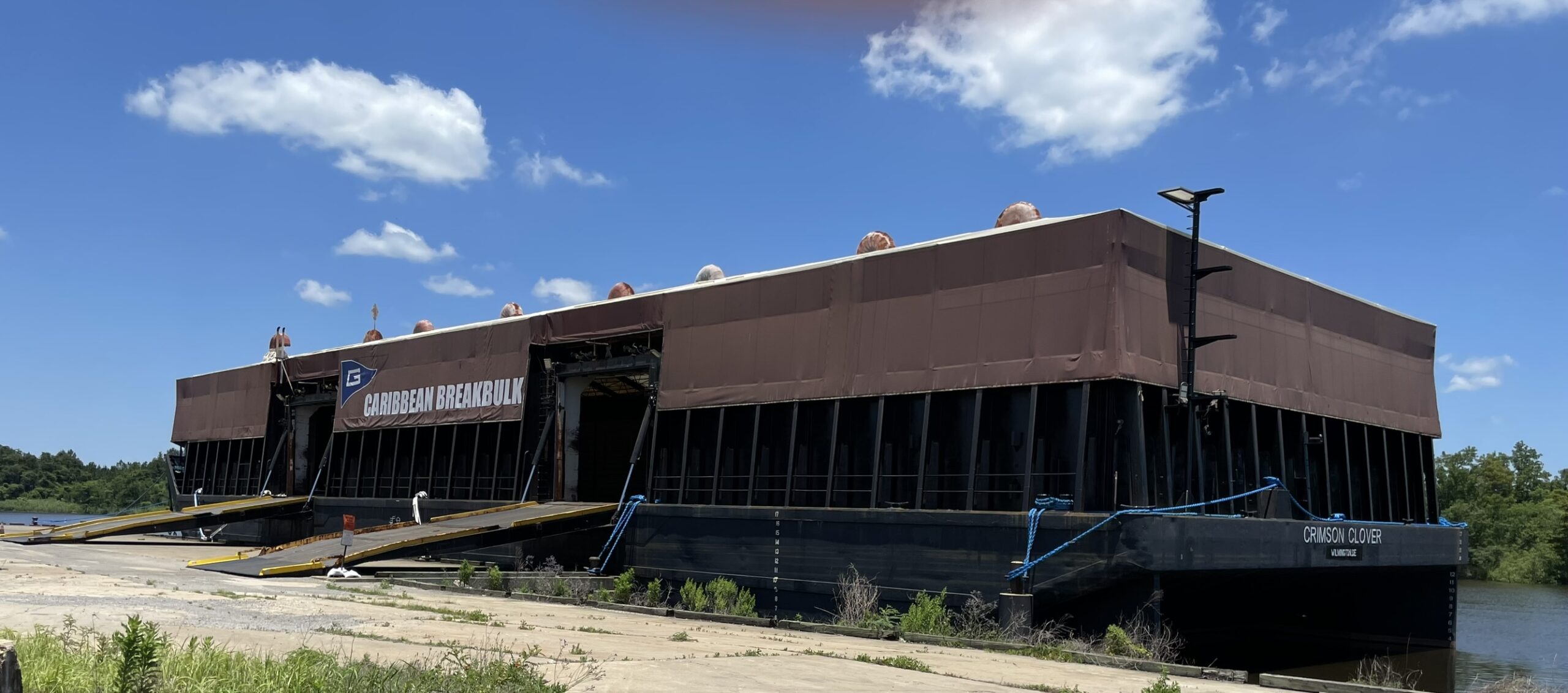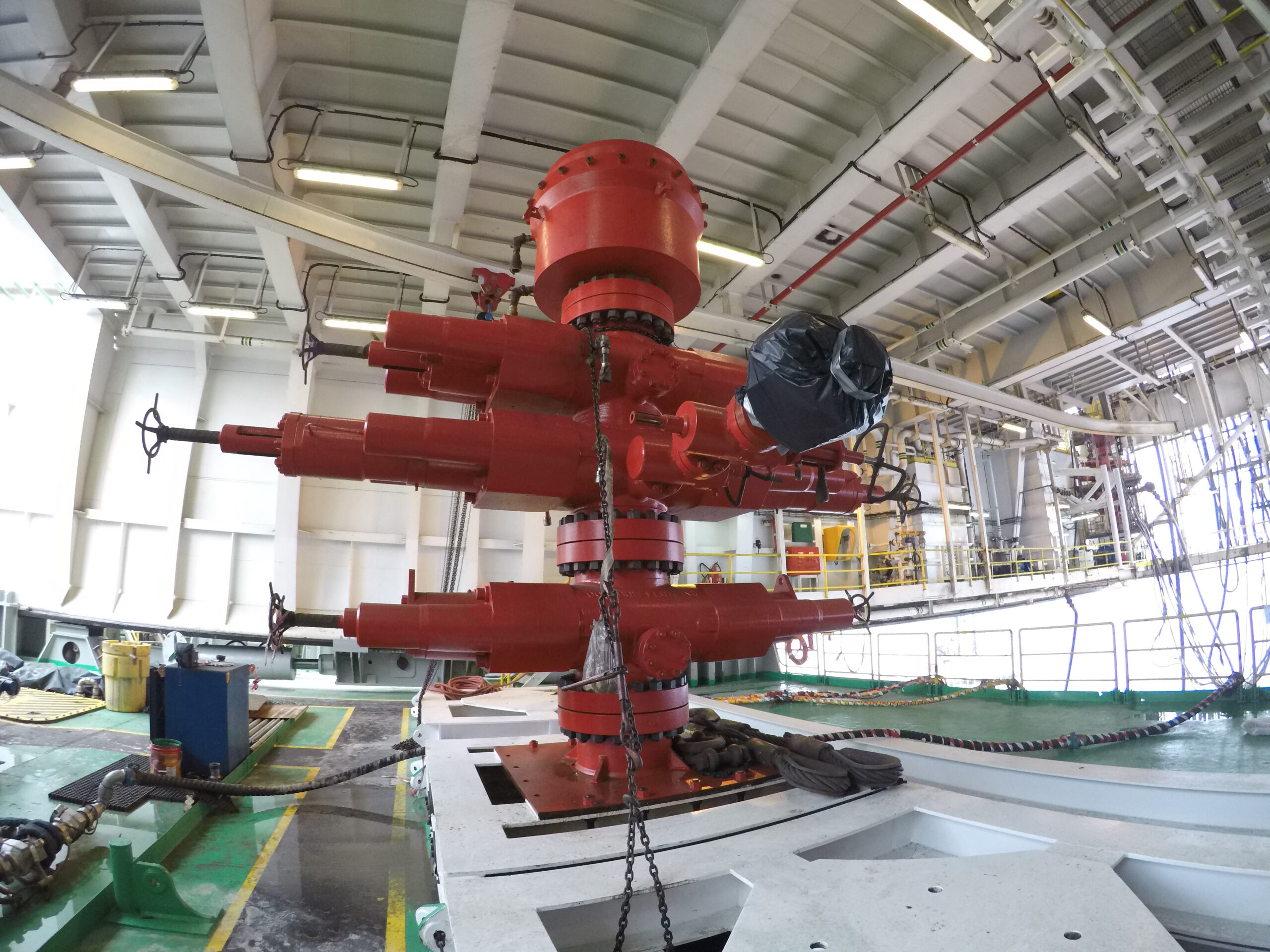Weather is a constant risk at sea, and wind is the driving force behind it. Wind generates waves and ocean swells. When wind flows over warm ocean water, it causes it to evaporate. This provides the foundation for tropical storms and hurricanes. In such storms, wind can create seas rough enough to capsize vessels and even tear them apart, leaving their crews at the ocean’s mercy. For crews of commercial vessels and offshore platforms, the risk of harm in a weather-related maritime disaster is all too real.
The 142-person crew of the Globetrotter II experienced this firsthand when they were left stranded aboard the drillship as Hurricane Ida descended on the Gulf Coast on August 29, 2021. They spent more than a day trapped on the vessel, thrown about by massive waves and nearly capsizing several times.
Another vessel, the Triton Hedron, was docked at Port Fourchon when Hurricane Ida made landfall. It was ripped from the port and blown miles out into the Gulf Coast, with the crew on board. The vessel lost power. Her crew was tossed about for hours before they regained control and made it back to shore.
These incidents are horrifying to consider. The crews of these vessels will experience lasting and potentially lifelong trauma from what they were forced to endure, but they escaped with their lives. Others have not. Such was the case with the entire 33-person crew of a cargo ship named the El Faro.
The El Faro departed for San Juan, Puerto Rico from Jacksonville, Florida on September 29, 2015. This was two days after a storm had begun to develop in the Atlantic Ocean. The storm intensified as it moved toward the Bahamas, and the National Hurricane Center forecasted that it would turn into a hurricane by October 1.
By the evening of September 30, it had turned into a Category 3 hurricane: Joaquin.
Despite weather warnings, the El Faro steamed straight into Hurricane Joaquin’s eyewall – the most dangerous part of the storm. The vessel, her cargo, and her crew were lost.
Why did the 40-year-old El Faro attempt to weather a hurricane?
Why didn’t the Triton Hedron and the Globetrotter II evacuate or avoid Ida’s path?
The National Hurricane Center had forecasted these storms days in advance. There was plenty of time to get the crews to safety. And yet, the owners and operators of these vessels chose otherwise.
This type of conduct brings about the question: can Mother Nature be blamed for lost vessels and lives, or is it the duty of maritime employers to protect their crews from storms?
Marine Weather Forecasting Has Never Been More Accurate
While weather at sea may be extreme and unpredictable, humans have developed numerous methods of monitoring surface winds, sea surface temperatures, and other weather elements to predict storms earlier and more accurately than ever before. Organizations like the United States National Weather Service (NWS) use information gathered from numerous sources to forecast marine weather. The World Meteorological Organization (WMO) alone gathers data from “over 15 satellites, 100 moored buoys, 600 drifting buoys, 3,000 aircraft, 7,300 ships and some 10,000 land-based observation stations.”
Modern maritime vessels and their owners and operators should have access to weather forecasts from these organizations. Each platform, ship, or commercial vessel should have equipment on board that can receive radio transmissions from the National Oceanic and Atmosphere Administration (NOAA), its subsidiaries (like the National Weather Service and National Hurricane Center), and international counterparts (like the United Kingdom’s Meteorological Office). NOAA even offers maritime weather forecasts via email. There are also private companies that provide weather forecasting services, and some of the biggest maritime employers have their own weather forecasting departments and facilities.
It goes beyond having access to weather forecasts, however. Maritime employers and offshore companies must employ crew members who can review and interpret forecasts so they can be applied to planning or altering shipping routes, conducting drilling operations, and deciding on personnel evacuations. Employers must use the information gathered to make decisions that put safety first. That was certainly not the case with the Globetrotter II, the Triton Hedron, or the El Faro, and the crews paid the price.
The crews of the Globetrotter II and the Triton Hedron paid with their physical and mental well-being.
The crew of the El Faro paid with their lives.
Offshore Companies & Maritime Employers Must Do Better
In the case of the loss of the El Faro, an investigation and report from the National Transportation Safety Board (NTSB) found that the vessel had obtained information regarding Hurricane Joaquin from several sources. The report states, “Throughout the voyage, the captain relied primarily on e-mailed files for use in BVS, rather than other available weather data, which was more current.” The BonVoyage System, or BVS, is software that allows for the plotting of a route and storm information on screen, but in this case, the information was typically six hours old and was emailed only to the captain.
The NTSB investigation found numerous issues that ultimately led to the loss of the El Faro and her crew. These included “only making minor course corrections to avoid Joaquin” and “relying on outdated weather sources.” The NTSB also found that “TOTE failed to track the vessel’s position relative to the storm and support the captain during the accident voyage.”
Those were the reasons the El Faro faced Hurricane Joaquin in the first place. The other factors that contributed to her loss and the loss of her crew were: improperly secured cargo, flooding in cargo holds, open ventilation closures, “ineffective bridge management,” loss of propulsion, lack of a proper safety management system, and “lack of suitable survival craft.” The combination of all these sealed the El Faro’s fate.
The El Faro was lost more than six years ago, yet maritime employers still fail to uphold their duty to their crews. The Globetrotter II and Triton Hedron are just two examples. There are many others.
In October 2020, the entire crew of the Deepwater Asgard was left to the mercy of Hurricane Zeta. They survived, but they were left with lasting trauma.
In April 2021, the Seacor Power capsized in severe weather about 8 miles from the coast of Port Fourchon, Louisiana. 12 of the 18-person crew were lost forever.
There is no excuse for vessels being sent into storms or being left stranded in hurricanes, not when companies know ahead of time about inclement weather. There is no excuse for human lives to be put second to profits. Maritime employers must do better.
Who Is Responsible for Protecting Seamen & Offshore Workers from Storms?
It is the responsibility of vessel owners and operators to maintain seaworthy ships that can perform their intended purposes. They must properly man these ships with crews who are trained and experienced, and they must implement and enforce safety standards to address weather-related emergencies. They must plan their routes based on the latest weather forecasts and must encourage their captains, mates, and crew members to make decisions based on the safety of the crew and the vessel. The equipment that is used to receive weather forecasts must be properly maintained.
If all maritime employers put safety first, weather-related disasters wouldn’t happen. Cargo ships wouldn’t set sail and steam into hurricanes. Crews of offshore platforms wouldn’t be left at sea to weather storms that leave them fearing for their lives. Instead, vessels would alter course or remain safely unmanned in port. Crews would be evacuated. Lives would be saved.
Finding Answers After Storms & Hurricanes
Mother Nature may be responsible for severe weather and hurricanes, but she cannot be blamed for any resulting maritime disasters. It takes a team with the resources and know-how to independently investigate weather-related accidents and injuries, finding answers for seamen and their families. It takes an unwavering focus to find and expose the choices that are responsible for lost vessels and crews.
A leader in maritime law, Arnold & Itkin’s personal injury lawyers have taken on the biggest cases for offshore workers, seamen, and families who have suffered the worst losses because of negligent decisions and actions on the part of oil and gas companies and maritime employers. The firm’s attorneys represented one-third of the Deepwater Horizon crew and three widows of El Faro crew members, helping them get answers and see justice served. Arnold & Itkin is currently representing crew members from the Globetrotter II and the Deepwater Asgard, as well as the safety man from the Triton Hedron.
The firm will do everything it takes to secure better futures for its clients. No matter what.
Sign up for our newsletter

 Join The Club
Join The Club













